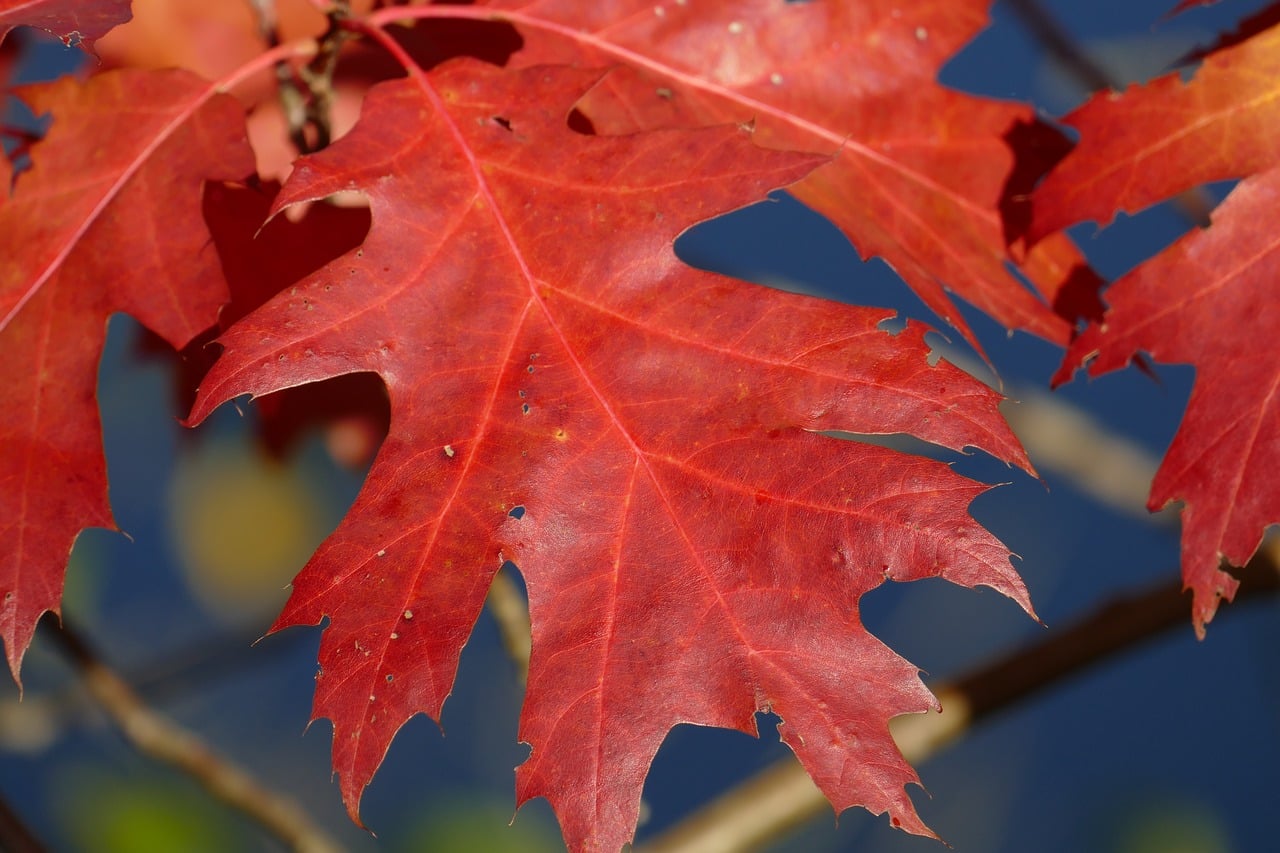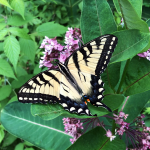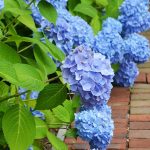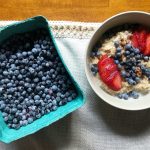Gardens
The Meaning of Fall Foliage | Why Leaves Change Color
Ever wondered how autumn colored leaves get that way? Learn our expert insight into why leaves change color, then enjoy the show!

Coffee By Design | Portland, Maine
Photo Credit : Katherine Keenan
Why Leaves Change Color
Leaves contain a green pigment called chlorophyll. Chlorophyll is instrumental in photosynthesis, the process in which energy from sunlight (along with water and carbon dioxide) is used to make sugars that feed the plant, leading to green foliage. Over time, chlorophyll breaks down, but during the growing season it is continually replaced.What Happens to the Leaves in Autumn?
In autumn, the environment is less conducive to growth (primarily as a result of less sunlight and colder weather), and so photosynthesis is suppressed. Chlorophyll continues to deteriorate, but now not as much is replaced. After the first frost, the rate of breakdown increases dramatically. [text_ad]Carotenoids & Anthocyanins
Yellow foliage and orange foliage pigments called carotenoids, which have been in the leaf all along, are unmasked as chlorophyll levels decline. In some tree species (red and sugar maples, for example), red foliage and purple foliage pigments called anthocyanins develop in late summer and fall, largely in response to external stress — such as the first frost.Hello Colored Leaves
This is fall. Leaves with a variety of chlorophyll levels, many with so little that all we see are the carotenoid and anthocyanin pigments, create a “mosaic of color on the hillsides.” What makes for a really good foliage? The more anthocyanins that are produced, the more brilliant the red foliage will be. Shades of color are also influenced by how the pigments interact with other factors in the leaf, including the pH level and what minerals are present.
Photo Credit : Aimee Tucker







